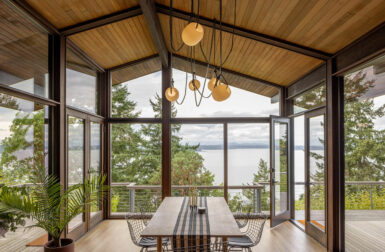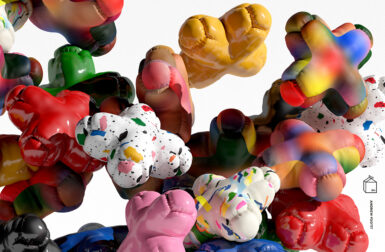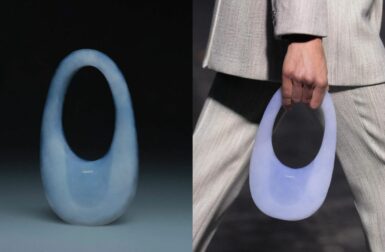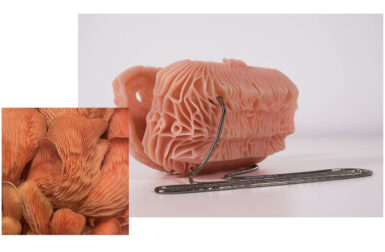Take 5: Tokyo Toilets, Concrete Architecture, Hoop History + More
Twice a month we’re inviting one of the Design Milk team members to share five personal favorites – an opportunity for each of us to reveal the sort of designs we love and appreciate in our own lives from a more personal perspective. Senior Editor Gregory Han joins this week for our Take 5 series.
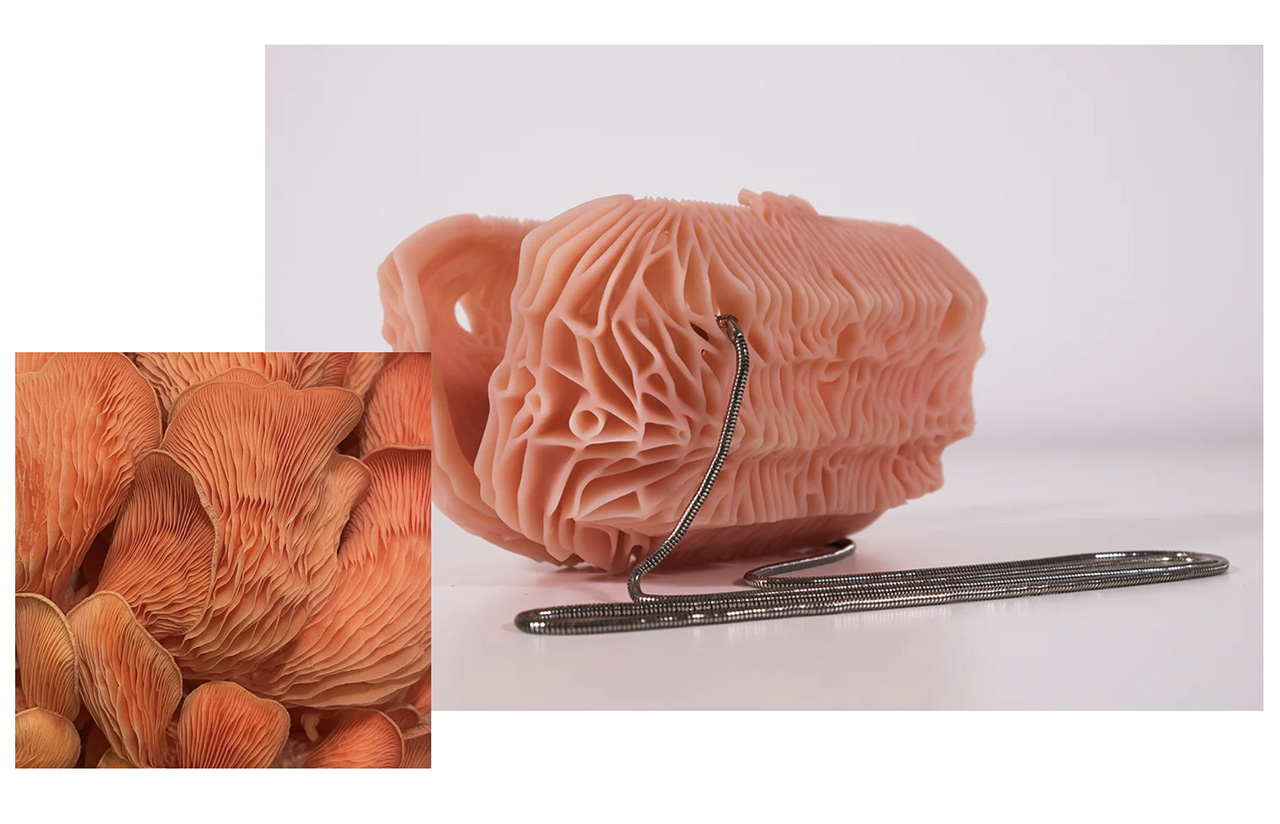
1. JK3D HY Mini Clutch
I have to admit, neither a purse nor clutch have yet to become part of my daily ensemble. But how could you not be enamored by the sheer audacious intricacy of 2,396 3D-printed layers simulating the topologies of a fungal fruiting body in the fashion accessory’s design? The entire collection created by Julia Koerner convincingly captures the macro-enhanced detail of hymenium lamella, a mushroom’s spore-bearing tissue layer, replicated down to their fungal-inspired hues using a 3D printer and plant-based renewable polymer. I beckon you to run your fingers across it.
2. The Joy of Basketball
As a lifelong fan of the NBA, it was pretty much guaranteed I’d be drawn to the vibrant illustrations, kinetic charts, and unconventional infographics comprising this 699-page encyclopedic tome written by Ben Detrick and Andrew Kuo. It’s a reference dedicated to the intersection of hoops history, the game’s most influential players, and how the game has influenced greater culture itself. This “subversive sports manifesto camouflaged as a colorful reference book” reflects the ethos and aesthetic of the authors’ Cookies Hoop blog, which is worth a peek if you still pine for the days of Grantland.
3. Wooj Arcas Lamp Version 2.0
Hats off to Sean Kim of Wooj for tinkering with an existing successful design to make the iconic lamp more accessible. Based on the original Arcas, his new and improved version, set to arrive any day now this spring, edits the original lamp’s touch-to-dim feature. It otherwise retains the glowing spirit of a Noguchi Akari table lamp, but at half the price. Kim even shared a BTS video documenting the assembly of his recycled PLA 3D-printed plastic base and shade combo prototype, giving a peek of how the upcoming illuminated version 2.0 all fits into place.
4. Perfect Days
My wife half jokingly remarked at the conclusion of Wim Wender’s Perfect Days that I had found a film within which many of my favorite topics were perfectly encapsulated: Japanese architecture, hi-tech washlets, audiophilia, and a fascination with the juxtaposition between the built environment and the natural world. A Wim diagram of intersecting interests, if you may.
Launched in 2020 and spearheaded by a who’s-who list of Japanese architects – including Tadao Ando, Kengo Kuma and Shigeru Ban – the 17 public restrooms designed by 16 acclaimed architects, known as The Tokyo Toilet, garnered worldwide acclaim before becoming the backdrop of this poetic film. It reminds us to find beauty in the everyday, a narrative that slowly, quietly, and modestly nudges us to pay attention to the details. Like the best architecture, it’s a film that compels a change in perspective while showcasing that which is magical in the mundane.
5. Concrete Architecture
You know when Phaidon is going to dedicate a book to a topic, the art and design publisher is going to do it at 110% – with an impressive depth of detail supported by an exhibition’s worth of images. And Concrete Architecture, written by Phaidon Editors with Sam Lubell and Greg Goldin, does not disappoint. This gray-laden ode to that most modern of construction materials, concrete, includes the history of 300 buildings across 352 pages. Despite its heavy topic, the hardback doesn’t clock in at the weight of a concrete block.
